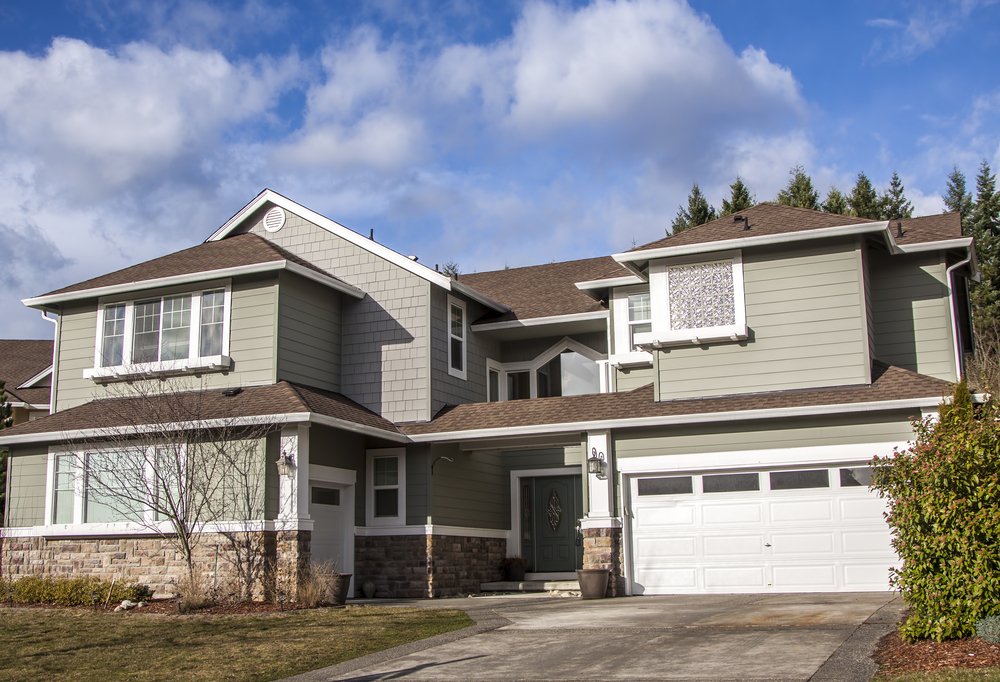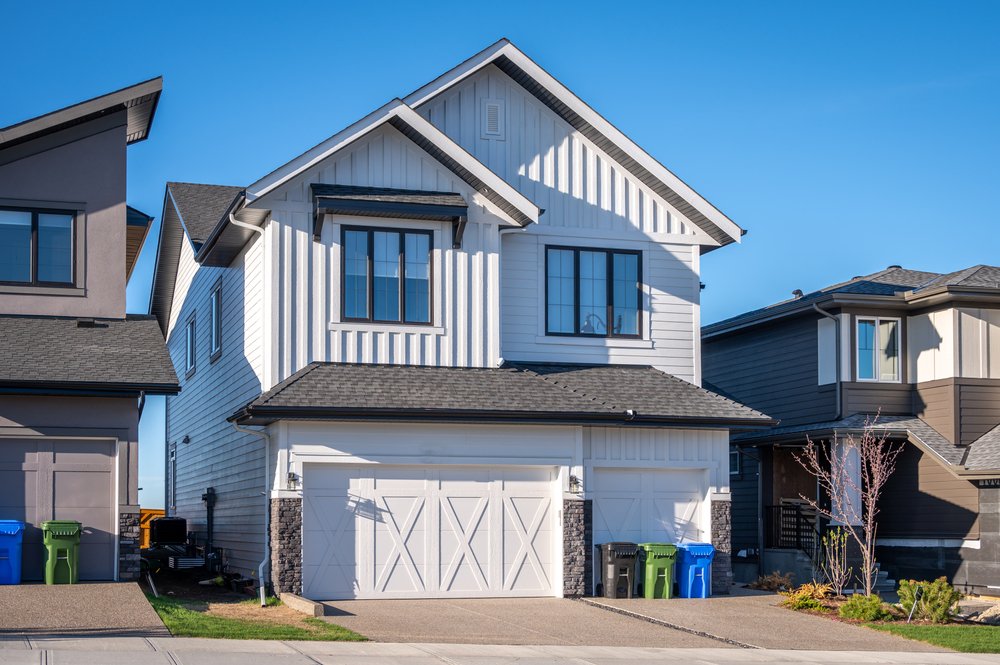Have you ever contemplated the versatility of your backyard? Have you questioned how much adding a granny flat could cost you? Furthermore, ask yourself about the possible financial benefits of this venture. Fear not, the economics of home extensions, with a particular emphasis on granny flats, is what we are delving into today. And, of course, we shall shed light on the beauty and variability these tiny spaces can add to your property.
The changing landscape of urban living is compelling homeowners to rethink how they use their space. What initially might have been dismissed as a mere tool shed or an outdoor storage space is being converted into living quarters or even spaces for commercial use. Here, we set our lens on the unique charm and financial implications of Granny Flats.
Through this detailed exploration into the world of granny flats, we aim to equip you with much-needed insights into the costs, implications, benefits, and possible economical boons of this home improvement venture. Brace yourself for a journey through the vibrant playing field of add-on living spaces.
Understanding the ‘Granny Flat’
What truly constitutes a ‘granny flat’? Is it solely a space for grandparents or can it serve other purposes? The fundamental nature and purpose of a granny flat can sometimes become obscured in the shuffle of terminology. The term ‘granny flat,’ or accessory dwelling unit (ADU), refers to a secondary house or suite attached to or within the grounds of a larger, primary house. Far from being just a humble abode for grannies, these spaces can be remodeled or repurposed into offices, guest houses, and even dwelling spaces to rent out for extra income.
Delving into the Economics
When it comes to the cost of building a granny flat you’d be surprised to know that the range varies greatly. Depending on the size, design, materials used, and your location, costs could range from $100,000 to $200,000.

Enhancing Property Value
Most homeowners see the addition of a granny flat as an investment, with many reports stating that the value of a property could increase by up to 20 to 30 percent. This adds a significant amount to an individual’s net worth, and can be a valuable asset should you decide to sell your property.
Positive Environmental Impact
Sustainable living is the talk of the town and granny flats contribute significantly to this notion. Smaller spaces consume less energy and resources, thus reducing your carbon footprint and encouraging a more responsible way of living which is key in today’s socio-economic climate.
Potential for Rental Income
The rental market for granny flats is considerably strong, with desirable rents available for well-designed and conveniently located flats. This presents an opportunity to generate a steady secondary income stream to offset the cost of the build.
Navigating Regulatory Conditions
Building codes, zoning laws, and regulations surrounding privacy and access can sometimes prove to be an obstacle when planning a granny flat. It is imperative to accommodate these regulations diligently and seek professional advice before starting the project.
Conclusion
Granny flats present a genuine prospect of financial growth and environmental responsibility for homeowners today. Combined with its endearing charm and adaptability, they bridge the gap between loving homes and solid investments, while heralding sustainability and functionality. Keep in mind though, it’s imperative to comprehend the cost implications and regulatory hoops before diving into this venture. However, given a thorough approach, the economical rewards and practical benefits of a granny flat can outshine the initial investment and provide you with a rich return in more ways than one.



